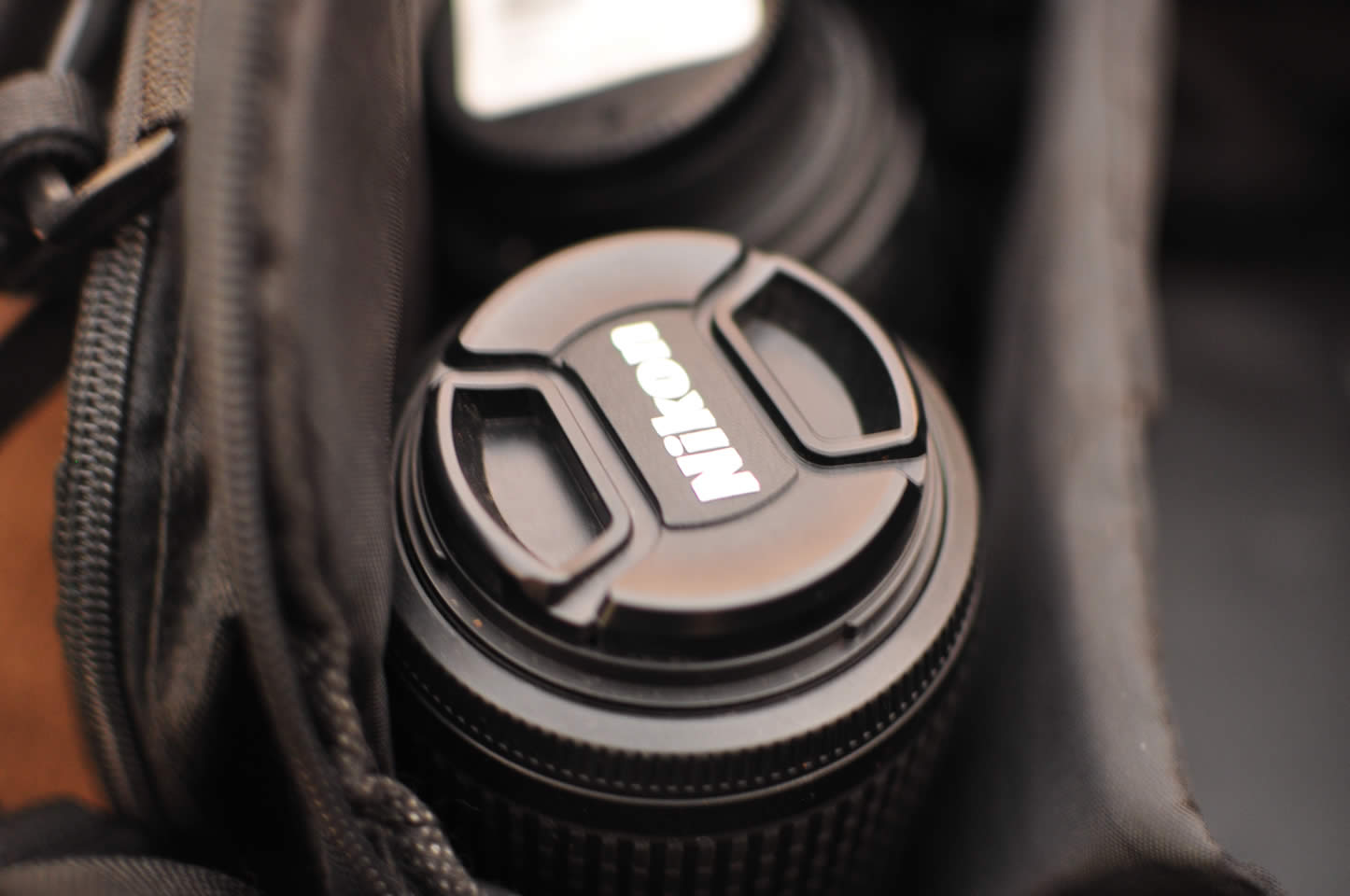
Since digital cameras first hit the market with 0.3 megapixel sensors, technology companies have been pushing for more and more pixels to fit into their cameras and later their phones. Now with smartphones and compact cameras around the 10MP mark, are we finally seeing the end of the megapixel wars?
For the first few years, more megapixels really did mean a better picture quality – however good the lens, the picture will be poor quality with a 0.2MP sensor. However, once we reached the 8MP or so range, the sensor is no longer the weak link, with the lens, shutter speed, and various other factors now more likely to be the bottleneck in picture quality.
The lens and sensor physical size and quality are more noticeably the bottleneck in smartphones as the manufacturer are trying to fit so much technology within an increasingly slim package. Picture quality is all about the amount of light and the focus of that light coming into the camera, and there are major size restrictions inside an iPhone or Galaxy S4.
Compact cameras have had a tough time recently as the quality of smartphone cameras have rapidly started to catch up with them, but now we seem to have plateaued with the megapixel count, the fact that a compact camera simply has more space for a larger, better lens and possibly a larger CMOS sensor will make the difference along with a physical zoom.
Cameras like the Panasonic Lumix DMC-DZ40 (which you can win here) can offer better photos, by offering better lenses than in smartphones, which means that the DMC-DZ40 has managed to bump the megapixel count up to 18 because the lens is good enough to handle produce it. The physical zoom also means that users of these cameras can zoom into the action without loosing quality, unlike with the digital zooms on the likes of the iPhone.
[Photograph by Deepeshmd]

